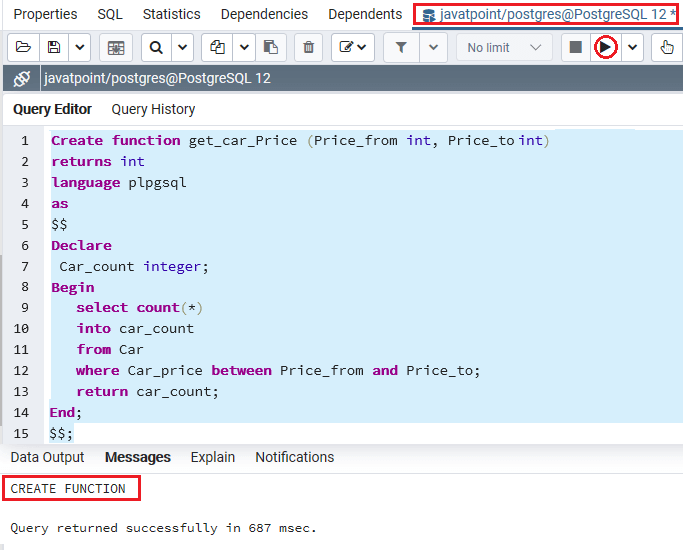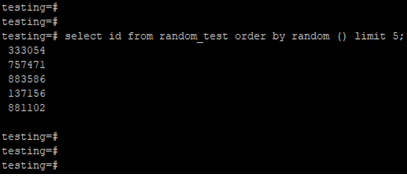

The CASE statement can be used when working with multiple columns to apply it to each column separately or to make new categories or flags based on the information from other columns. Searched CASE: To determine the result, this form uses independent Boolean expressions. Simple CASE: This form calculates the result by comparing an expression to a collection of simple expressions. There are two forms of the CASE statement in PostgreSQL:

It allows us to conditional login in SQL queries, which makes them more flexible and dynamic. Since CASE is an expression, you can use it in any places where an expression can be used e.g., SELECT, WHERE, GROUP BY, and HAVING clause. It allows you to add if-else logic to the query to form a powerful query. Similar to IF-THEN-ELSE statements in other programming languages, the CASE statement in PostgreSQL expresses a condition. The PostgreSQL CASE expression is the same as IF/ELSE statement in other programming languages. What are PostgreSQL CASE Multiple Columns? PostgreSQL CASE Multiple Columns Searched CASE.PostgreSQL CASE Multiple Columns Simple CASE.What are PostgreSQL CASE Multiple Columns?.For example, this is a possible way of avoiding a division-by-zero failure: SELECT. The example above can be written using the simple CASE syntax: SELECT a,Ī CASE expression does not evaluate any subexpressions that are not needed to determine the result. In the Expression Builder, the if / else statement can be written as follows: conditionvalue if true:value if false You can perform a null test before.
#POSTGRESQL IF THEN ELSE UPDATE#
UPDATE 'Push' SET 'state' CASE id WHEN 46 THEN 'ABANDONED' else 'COMPLETED' END WHERE id in (46,47) column 'state' is of type 'PushState' but expression is of type text HINT: You will need to rewrite or cast the expression. This is similar to the switch statement in C. Postgres complaining to cast enum to a string only if used in else. If no match is found, the result of the ELSE clause (or a null value) is returned. The first expression is computed, then compared to each of the value expressions in the WHEN clauses until one is found that is equal to it. There is a "simple" form of CASE expression that is a variant of the general form above: CASE expression Its good for displaying a value in the SELECT query based on logic that. The data types of all the result expressions must be convertible to a single output type. The CASE statement allows you to perform an IF-THEN-ELSE check within an SQL statement. If the ELSE clause is omitted and no condition is true, the result is null.

If no WHEN condition yields true, the value of the CASE expression is the result of the ELSE clause. If the condition's result is not true, any subsequent WHEN clauses are examined in the same manner. If the condition's result is true, the value of the CASE expression is the result that follows the condition, and the remainder of the CASE expression is not processed. Each condition is an expression that returns a boolean result. All these decision-driven statements are used to control the flow of the SQL statements based on specific criteria. The SQL CASE expression is a generic conditional expression, similar to if/else statements in other programming languages: CASE WHEN condition THEN resultĬASE clauses can be used wherever an expression is valid. CREATE OR REPLACE FUNCTION public. PostgreSQL offers several decision-making statements such as IF, IF-THEN-ELSE, IF-THEN-ELSIF, etc.


 0 kommentar(er)
0 kommentar(er)
